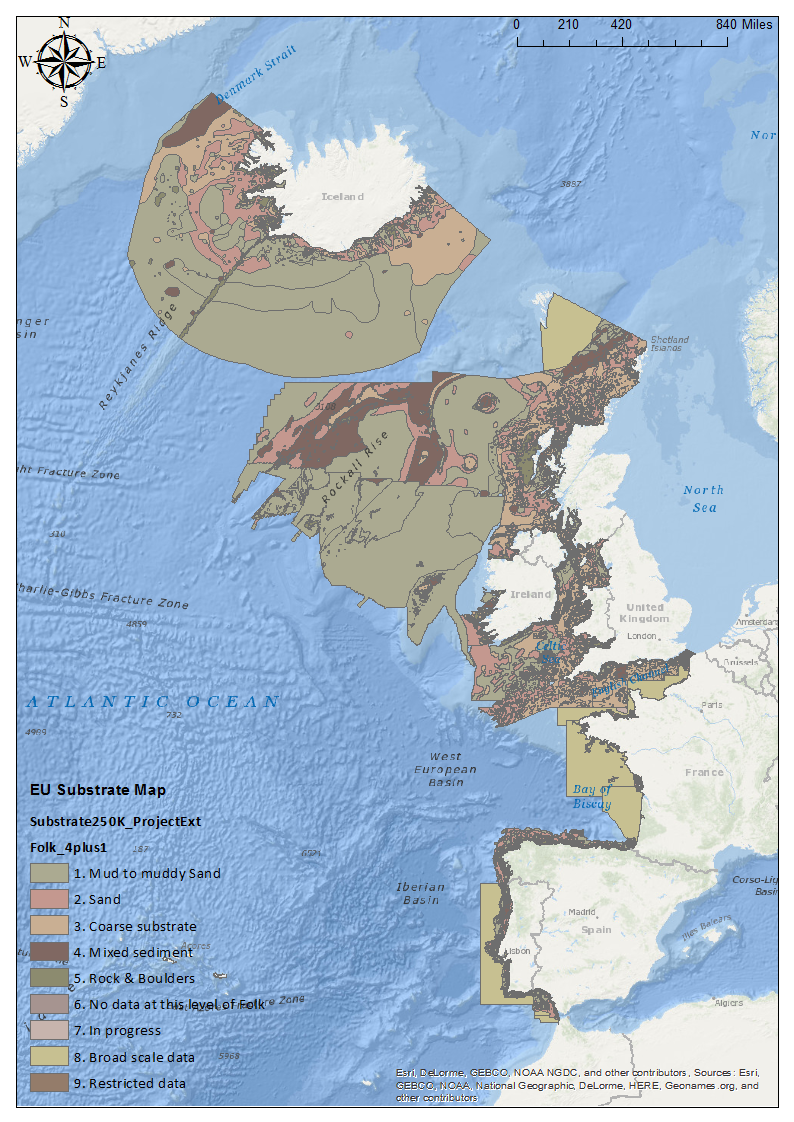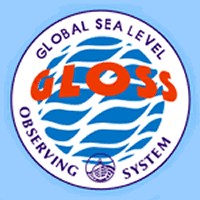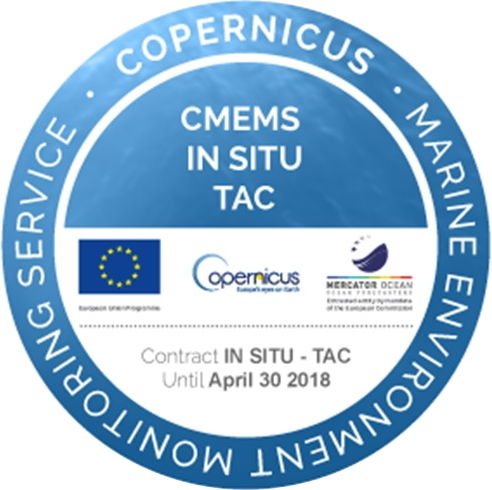2017
Type of resources
Available actions
Topics
Keywords
Contact for the resource
Provided by
Years
Formats
Representation types
Update frequencies
status
Service types
Scale
Resolution
-

Potentialités agronomiques par culture (blé, haricot, maïs, orge, tabac et tournesol).
-

La Base Adresse Nationale est une base de données qui a pour but de référencer l'intégralité des adresses du territoire français. Elle contient la position géographique de plus de 25 millions d'adresses. Elle est constituée par la collaboration entre : des acteurs nationaux tels que l'IGN, La Poste et La Poste ; des acteurs locaux tels que les collectivités, les communes, les SDIS ; des citoyens par exemple à travers le projet OpenStreetMap et l'association OpenStreetMap France. Le projet est co-gouverné par l'Administrateur Général des Données et le Conseil National de l'Information Géographique. --- Etat de disponibilité de la donnée : Data.gouv : donnée téléchargeable en csv et mise à jour hebdomadaire. OpenStreetMap : donnée téléchargeable en csv, shape et json et mise à jour hebdomadaire. PIGMA : lien qui renvoie à la BD Adresse (Octobre 2016). Mise à jour irrégulière.
-
Ce jeu de données recense les communes du département de la Gironde suivies pour le Moustique Tigre.
-
Ce jeu de données donne la liste des campings du département de la Gironde, potentiellement exposés en cas de risque majeur.
-
This product is a map of the uncertainty of available digital bathymetry measurements for the North Atlantic Ocean. This is done for a spatial resolution feasible for this large area (25km x 25km). It is designed to assess the quality of the bathymetry readings with a view to supporting assessments of future need. The product is formulated through a number of characteristics of the data including age of measurement and slope.
-
Cartographie des écluses à poissons actuellement encore en place sur l'île de Ré
-

Data from a number of different sources have been integrated to provide new perspectives on fishing activities. Vessel Monitoring Systems (VMS) record and transmit the position and speed of fishing vessels at intervals of two hours or less. Fishing time can be calculated from the VMS data and combining this parameter with vessel logbook data, maps of fishing effort and intensity at different spatial and temporal scales can be calculated. The statistical software package “R” is used to extract the required information then re-interrogated to produce maps of fishing effort or intensity per month and year. The use of Automatic Identification System (AIS) data was not considered as combining AIS data with fisheries logbook data would pose issues namely; the ability of the AIS system to be switched off, only mandatory on vessels > 15 meters in length, cost involved to purchase data, and confidentiality.
-

The Global Sea Level Observing System (GLOSS) was established by the Intergovernmental Oceanographic Commission (IOC) of UNESCO in 1985 to establish a well-designed, high-quality in situ sea level observing network to support a broad research and operational user base. Various tide gauge networks have contributed to GLOSS, each with a different focus and each changing over time as research priorities evolve. The main component is the GLOSS Core Network (GCN), a global set of ~300 tide gauges that serves as the backbone of the global in situ sea level network. GCN gauges were allocated to each island or group of islands at intervals not closer than 500 km, and along continental coasts at intervals generally not less than 1000 km. Preference was given to islands in order to maximise exposure to the open ocean. Established in 1933, the Permanent Service for Mean Sea Level (PSMSL) is responsible for the collection, publication, analysis and interpretation of sea level data from the global network of tide gauges, including the GLOSS Core Network.
-
Maps of seasonal p90 (percentile 90) of Chla on the North Atlantic basin for the past ten years (2005-2014) using the Global Copernicus chla level 4 (L4) products (resolution of 4 km). Method as Gohin Francis, Saulquin Bertrand, Bryere Philippe (2010) Atlas de la Température, de la concentration en Chlorophylle et de la Turbidité de surface du plateau continental français et de ses abords de l’Ouest européen. Ifremer. http://archimer.ifremer.fr/doc/00057/16840/
-

The in-situ TAC integrates and quality control in a homogeneous manner in situ data from outside Copernicus Marine Environment Monitoring Service (CMEMS) data providers to fit the needs of internal and external users. It provides access to integrated datasets of core parameters for initialization, forcing, assimilation and validation of ocean numerical models which are used for forecasting, analysis and re-analysis of ocean physical and biogeochemical conditions. The in-situ TAC comprises a global in-situ centre and 6 regional in-situ centres (one for each EuroGOOS ROOSs). The focus of the CMEMS in-situ TAC is on parameters that are presently necessary for Copernicus Monitoring and Forecasting Centres namely temperature, salinity, sea level, current, waves, chlorophyll / fluorescence, oxygen and nutrients. The initial focus has been on observations from autonomous observatories at sea (e.g. floats, buoys, gliders, ferrybox, drifters, and ships of opportunity). The second objective was to integrate products over the past 25 to 50 years for re-analysis purposes... Gathering data from outsider organisations requires strong mutual agreements. Integrating data into ONE data base requires strong format standard definition and quality control procedures. The complexity of handling in situ observation depends not only on the wide range of sensors that have been used to acquire them but, in addition to that, the different operational behaviour of the platforms (i.e vessels allow on board human supervision, while the supervision of others should be put off until recovering or message/ping reception)°
 Catalogue PIGMA
Catalogue PIGMA